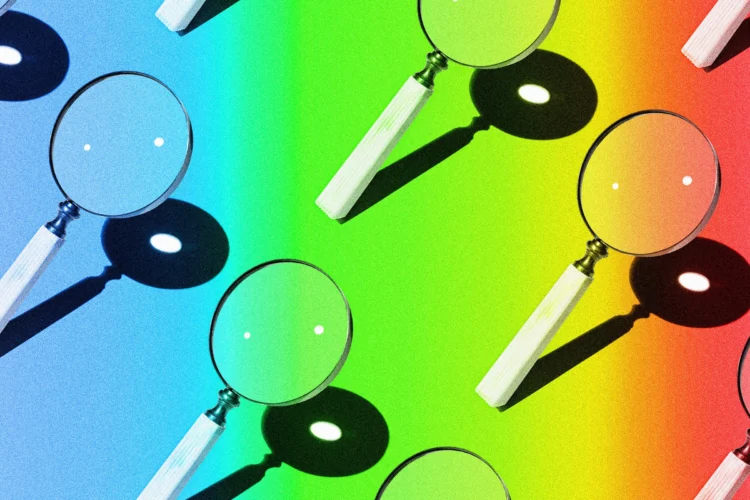who killed sam westing in the westing game

The hat game has been a popular form of entertainment for centuriesple , captivating peoof all ages and backgrounds. Whether it’s a stylish fedora, a whimsical top hat, or a simple beanie, hats have always held a certain allure. But who truly has the hat game? In this article, we will explore the different individuals and groups that have made their mark in the world of hats, from fashion icons to historical figures, and even fictional characters. Join us as we dive into the fascinating world of hats and discover who truly reigns supreme in the hat game.
1. Fashion Icons: Setting the Trends
Fashion icons have always played a significant role in shaping the hat game. From Coco Chanel’s iconic beret to Pharrell Williams’ oversized Vivienne Westwood hat, these trendsetters have the power to make any hat a must-have accessory. Their ability to effortlessly incorporate hats into their personal style has inspired countless individuals to experiment with different hat styles and designs. Fashion weeks around the world often showcase the latest hat trends, solidifying the influence of these icons in the hat game.
Not only do fashion icons set trends, but they also have the power to revive classic hat styles. Take, for example, the resurgence of the wide-brimmed floppy hat in recent years. Once associated with 1970s bohemian fashion, this hat style was brought back into the limelight by celebrities like Blake Lively and Kate Middleton. Their ability to breathe new life into forgotten hat styles demonstrates their dominance in the hat game.
2. Historical Figures: Hats as Symbols
Throughout history, hats have been used as symbols of power, authority, and social status. From the regal crowns worn by kings and queens to military headgear denoting rank and affiliation, hats have played a significant role in defining the status of historical figures. Think of Napoleon Bonaparte’s iconic bicorne hat or Abraham Lincoln’s stovepipe hat – these hats have become synonymous with the individuals who wore them.
Hats also played a crucial role in shaping the identity of certain professions. The tall, white chef’s hat, known as a toque, has long been associated with culinary excellence. Similarly, the bowler hat became a symbol of British bankers and businessmen in the 19th century. The influence of historical figures on the hat game cannot be understated, as their choice of headwear often became an integral part of their legacy.
3. Fictional Characters: Hats as Personality Traits
Fictional characters have also left their mark on the hat game, using hats as a means to express their personalities and enhance their storytelling. Think of Sherlock Holmes and his deerstalker cap, which has become synonymous with his detective skills and intellectual prowess. Or the Mad Hatter from Lewis Carroll’s “Alice’s Adventures in Wonderland,” whose eccentric top hat perfectly encapsulates his whimsical nature.
In the world of animation, hats have been used to distinguish characters and create memorable visual identities. Mickey Mouse’s iconic ears, Mario’s red cap, and even Harry Potter’s sorting hat have become instantly recognizable symbols of their respective franchises. These fictional characters have not only influenced popular culture but have also contributed to the hat game by making their headwear an essential part of their character design.
4. Everyday Individuals: Personal Expression
While fashion icons, historical figures, and fictional characters may dominate the hat game, everyday individuals also play a vital role in shaping hat trends. Hats have always been a means of personal expression, allowing individuals to showcase their unique style and personality. Whether it’s a baseball cap worn backwards by a teenager or a wide-brimmed sun hat worn by a beachgoer, hats serve as a canvas for self-expression.
Moreover, hats have practical purposes beyond fashion. They provide protection from the sun, rain, and cold, making them essential accessories for outdoor activities. From sports enthusiasts wearing their team’s caps to hikers donning wide-brimmed hats for sun protection, everyday individuals contribute to the hat game by incorporating hats into their daily lives.
Conclusion:
In the vast world of hats, numerous individuals and groups have left their mark on the hat game. Fashion icons set trends and revive classic styles, historical figures use hats as symbols of power and identity, fictional characters enhance storytelling through their headwear, and everyday individuals express their unique style and practical needs. The hat game is a dynamic and ever-evolving space where personal expression meets cultural influence. So, who has the hat game? The answer lies in the collective creativity and influence of all those who appreciate the allure of a well-chosen hat.
